Following on from recent publication successes in the Scottish Journal of Political Economy and European Journal of Operational Research, we were delighted to be accepted recently in European Sports Management Quarterly (ESMQ).
The paper "New Insights on the Louis-Schmeling Paradox: Determinants of Demand for Subscription and Pay-Per-View Boxing" is co-authored with blog contributor David Butler and Head of Department, and Professor of Economics at Drexel University, Joel Maxcy.
Despite its longevity and historical importance, boxing is a sport almost devoid of attention in the sports economics literature. To remedy this we created two new datasets and asked what are the determinants of main event broadcasting viewership and pay-per-views buys? In addressing this question we offer new insights on the uncertainty of outcome hypothesis [UOH] and extend research on direct demand for an individual sport.
For main events, we find conflicting evidence to the UOH. Fans show a preference for rematches, domestic boxers and heavier divisions. NFL broadcasts and earlier scheduling negatively impact viewership. For pay-per-views, we find a positive price effect - largely thanks to Floyd Mayweather Jr. Both types of broadcasts exhibit a negative trend with viewership and PPV buys declining over the period of time we examine.
The paper is currently in press and will be available shortly from ESMQ.
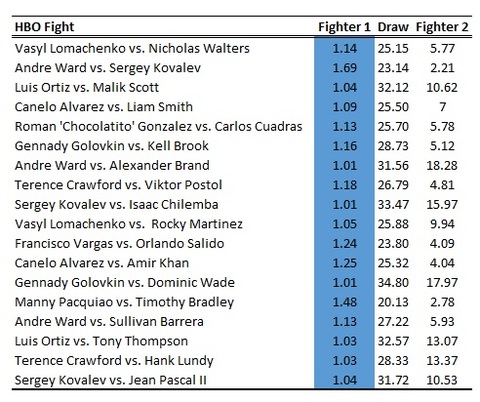
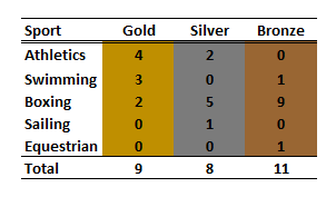
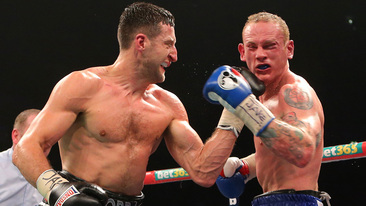

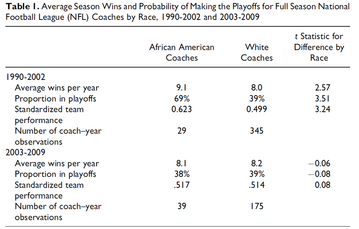
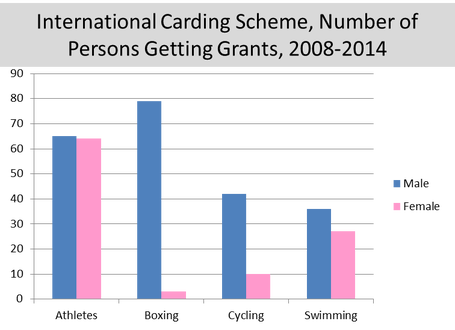
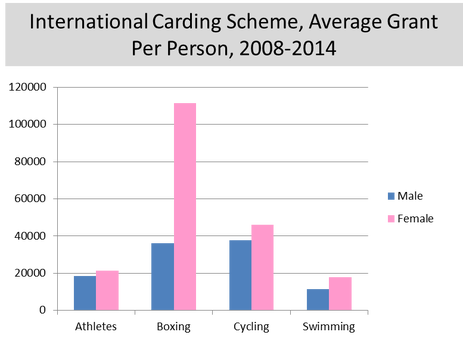

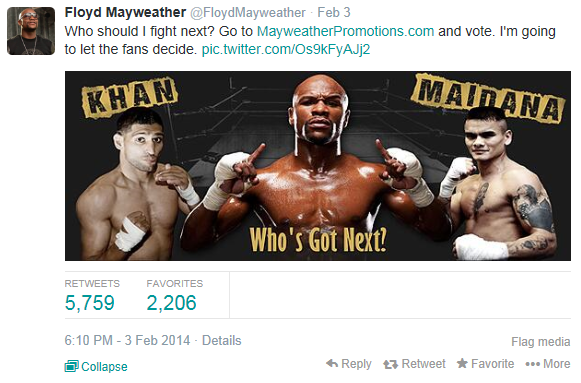

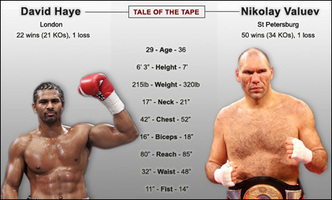
 RSS Feed
RSS Feed